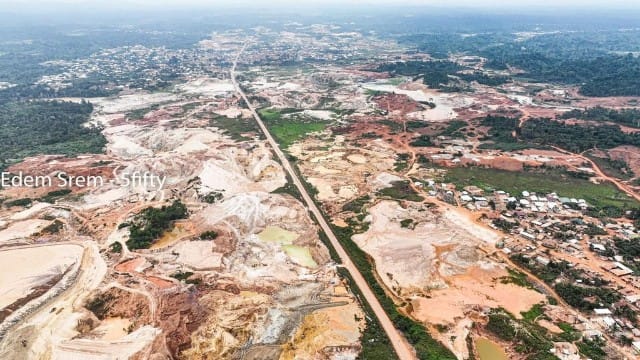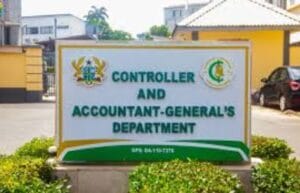
Recent environmental research has shown extensive pollution from mercury, arsenic, lead, and other heavy metals across Ghana’s artisanal and small-scale gold mining (ASGM) areas, prompting significant public health and environmental concerns.
Soil, water, air, fish, and food crops in six regions—Ashanti, Eastern, Central, Western, Western North, and Savannah—were examined in a study by Pure Earth in collaboration with the Environmental Protection Agency of Ghana (EPA).
The ‘Mercury and Other Heavy Metals Impact Assessment’ study began in August 2024 and ended in September 2025.
There were more than 130 times the allowable quantity of mercury in the soil at 1,342 ppm in Konongo Zongo, Ashanti Region. Mercury levels in the air reached a maximum of 150 μg/m³ in Wassa Kayianko (Western Region), which is 150 times higher than the amount that is allowed in Ghana.
Furthermore, hazardous arsenic concentrations were detected in almost all areas. The soil in Konongo Zongo measured 10,060 ppm, exceeding acceptable levels by 4000%, but the water in Konongo Odumase exhibited quantities of 3.3 mg/L, significantly beyond drinking water guidelines.
Subsequent investigation indicated that lead concentrations in fish from Konongo Zongo and Akwaboso (Central Region) were above the thresholds deemed acceptable by the World Health Organization (2.8 mg/kg in specific samples). Lead concentrations as high as 3.1 mg/kg were also detected in food crops in Western North, especially in vegetables, including pumpkin leaves.
Some quantities of mercury, arsenic, and lead found in kontomire, tomatoes, grains, legumes, and tubers were much higher than the international standards for food safety.
The report cautions that inhabitants, particularly in mining areas, endure persistent exposure via many pathways—inhalation, ingestion, and dermal contact—which may have enduring repercussions on the neurological system, renal function, and child development.
To this end, the researchers advocated for immediate multi-sectoral initiatives such as encompassing low-cost remediation pilots, enhanced air and water monitoring, community health education, alignment of policies with Sustainable Development Goals (SDGs), establishment of regional environmental intelligence units, and the formation of a National Artisanal and Small-Scale Gold Mining (ASGM) Environmental Response Task Force.






